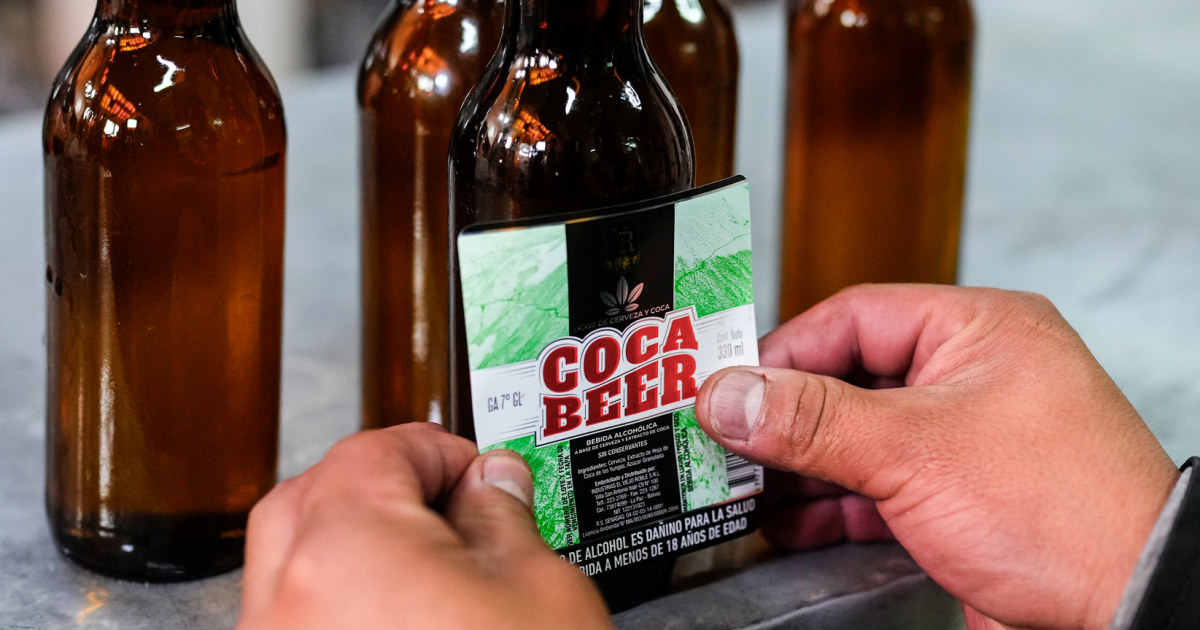Cocaine Beer Coming?

If it were anywhere else in South America, the nondescript house with buckets of coca leaves soaking in liquid could be mistaken for a clandestine cocaine lab.
But this is La Paz, Bolivia, and the fruity aroma of coca steeping in barrels signals that you’ve arrived at the government-authorized El Viejo Roble distillery, which for years has been making liquor from coca leaves and is now gearing up to launch a new coca-infused beer.
It remains questionable whether Bolivia can persuade the world to accept the hardy green leaf best known beyond its borders as the main ingredient of cocaine. But a recent landmark decision by the World Health Organization to study coca’s non-narcotic benefits has rekindled the old hopes of Bolivian farmers, makers and sellers.
“Exporting is a desire that my people and I have had since I was a child,” said Lizzette Torrez, leader of one of Bolivia’s main coca-grower unions.
Within Bolivia, the world’s third-biggest producer of the coca leaf, and of cocaine, the ancient leaf has inspired spiritual rituals among Indigenous communities for generations — and more recently, among the well-heeled, a deluge of coca-related products, including El Viejo Roble’s new star $2 brew.
“Beer can be bitter, but with the sweet touch that we give it with coca makes it is more palatable,” manager Adrián Álvarez said from the distillery, where workers bottled the brew that will soon join El Viejo Roble’s coca-flavored vodka and rum, old classics they sell to the government and visitors.


